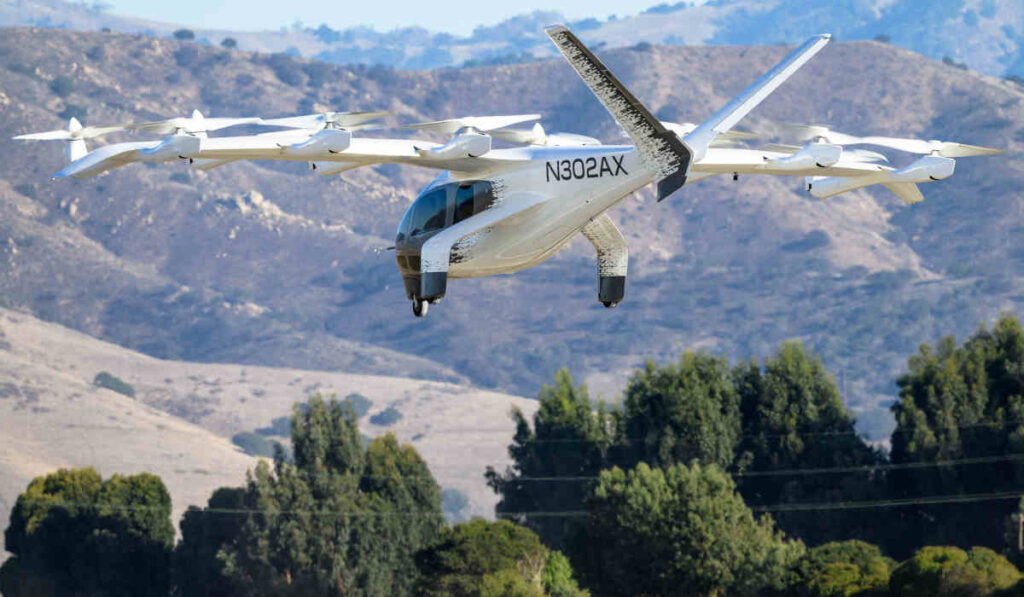
Features
eVTOL
Archer Aviation completes Phase 1 of Midnight flight test program
January 31, 2024 By Wings Staff
 Archer's four passenger, plus pilot, Midnight eVTOL aircraft completed Phase 1 of its flight test program. (Photo: Kevin Chang/Archer Aviation)
Archer's four passenger, plus pilot, Midnight eVTOL aircraft completed Phase 1 of its flight test program. (Photo: Kevin Chang/Archer Aviation) Archer Aviation of Santa Clara, California, on January 31 announced that its Midnight electric vertical takeoff and landing (eVTOL) aircraft completed Phase 1 of its flight test program. Utilizing learnings from the previous four years of flight testing,
Archer’s Midnight aircraft finished the flight test phase in approximately three months, leveraging learnings from the company’s previous four years of flight testing, primarily centred around Archer’s full-scale prototype aircraft called Maker. Midnight is a piloted, four-passenger aircraft designed to perform rapid back-to-back flights of approximately 10 to 20 minutes with minimal charge time between flights.
The company also notes that Midnight’s battery system has recently been upgraded to include some of the first high voltage battery packs off of Archer’s manufacturing line at its San Jose, California facilities. Archer describes this news as a significant step toward being production ready. Archer states Midnight remains “firmly on track” to complete its first full wing-borne transition flight and begin piloted “for credit” testing with the FAA later this year.
“Over the last four years of flight testing, our team has been able to gather a tremendous amount of data and learnings that enable us to advance Midnight rapidly towards certification,” said Archer’s founder and CEO Adam Goldstein. “Our team’s focus on safety and relentless execution has gotten us to where we are today and is what will allow us to achieve what no other company in the world has done to date – bring electric air taxis to cities across the U.S. and the globe.”
Phase 1 of Midnight’s flight test program covered progressively more complex flight maneuvers and data gathering missions. Midnight’s flight envelope will now expand further as it moves into Phase 2, which involves an incremental approach to speed testing. This means that the aircraft will continue to fly at greater and greater speeds, explains the company, until it achieves full wing-borne transition.
Archer explains this transition is an important milestone for any vertical takeoff and landing aircraft, as it demonstrates, in a single flight, the capability to both takeoff and land vertically and cruise efficiently in wing-borne flight. Once complete, the aircraft will then move to Phase 3, which entails flying simulated commercial routes to demonstrate operational readiness.